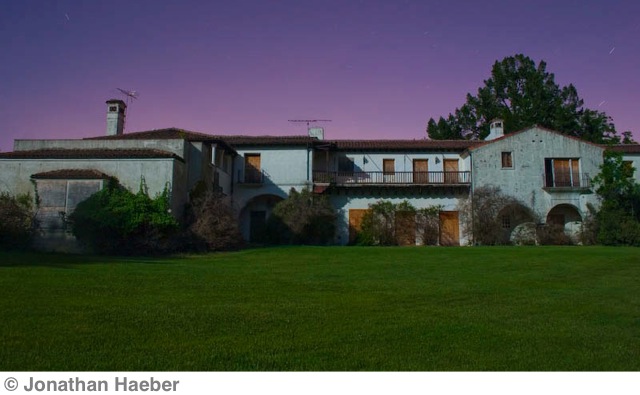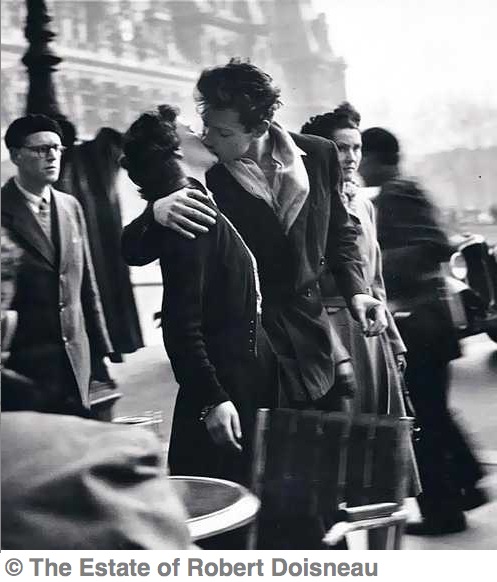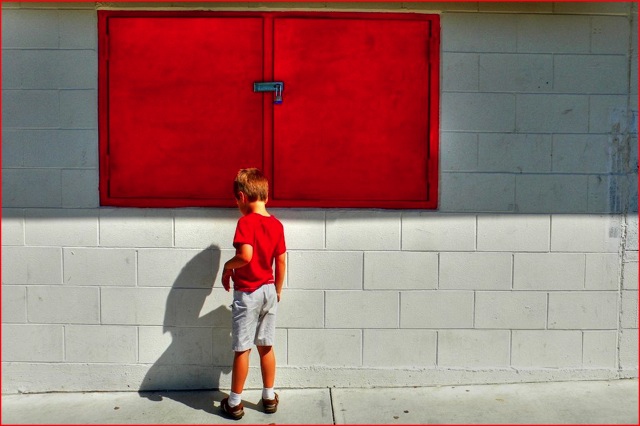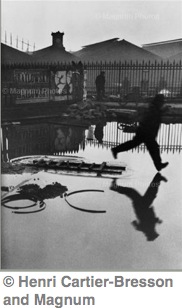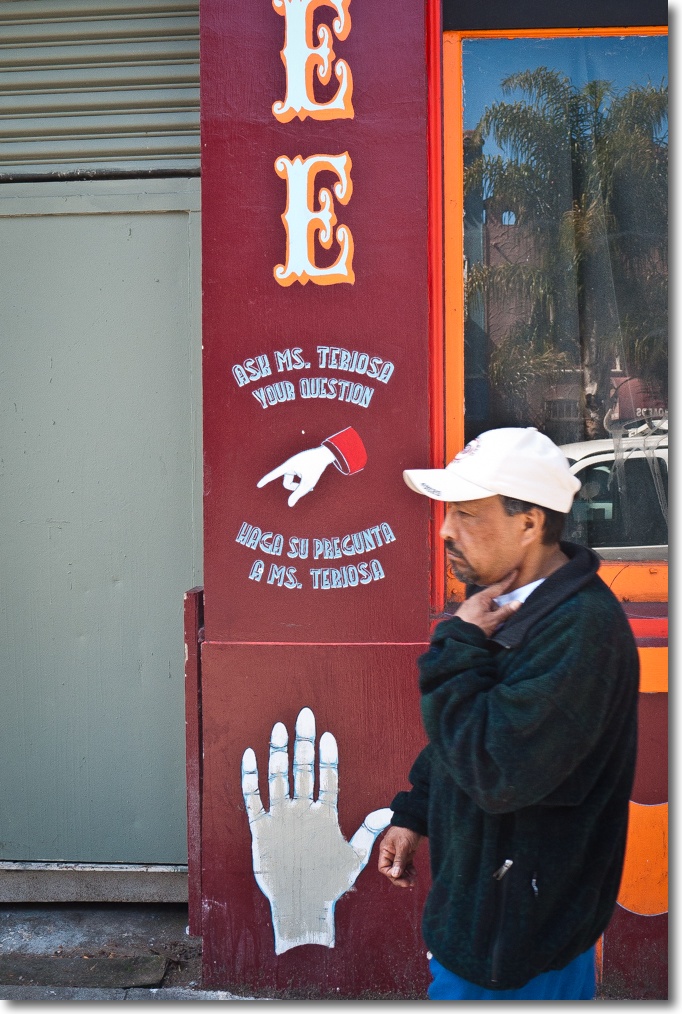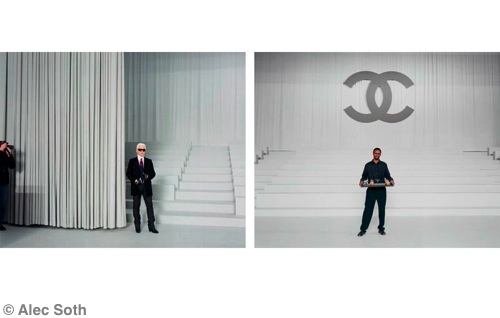A must see
Like the great English film maker David Lean, the American Stanley Kubrick made but a handful of movies. As with Lean’s oeuvre, there’s not a dud to be found. Indeed, I recall many years ago buying my first DVD player and the first movie I bought to see on it was, of course, 2001: A Space Odyssey.
But if it’s visual richness you crave, then the Kubrick movie you will like most is the little played Barry Lyndon. In addition to a superb performance by Ryan O’Neal (when did you last use those words about O’Neal?) there is the sublime beauty of Marisa Berenson. Kubrick was nothing if not technically competent, having started life as a stills journalist photographer, and I recall at the time of its release stories circulating of Kubrick’s use of special Zeiss still camera lenses on his Mitchell movie camera.
Well, here’s the scoop from Ed DiGiulio, the expert who adapted the Zeiss f/0.7 (f/0.7!) 50mm lens for Kubrick’s camera, which Kubrick proceeded to use for the candlelight scenes in the movie. The effect is magic. The lens – like the fabulous Leitz 180mm f/3.4 Apo-Telyt-R which I used for many years on my Leicaflex SL – was commissioned by NASA.
This is a very long, slow paced film and one which is essential viewing for those with non-American attention spans – meaning you can sit still without popcorn and colored, sugared water for 3 hours – and a love of visual beauty. It’s the sort of movie that makes you go out and buy a 100″ screen for your home theater. I did.
Here’s a schematic of the Zeiss Planar lens together with the enormous (over 5″ diameter) Kollmorgen wide angle adapter which DiGiulio refers to:
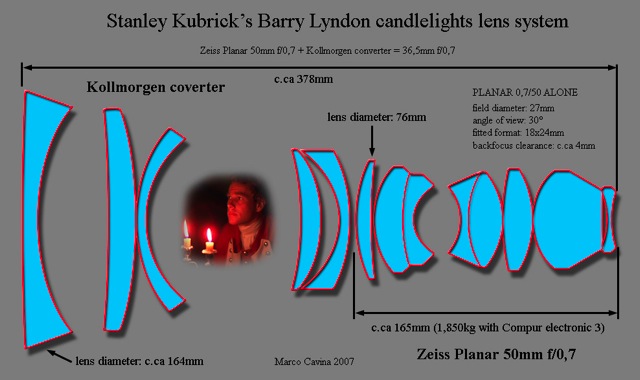
Marisa Berenson? None other than the great-grand-niece of that art plunderer and self-appointed Renaissance expert, Bernard Berenson, but a whole lot nicer to look at.
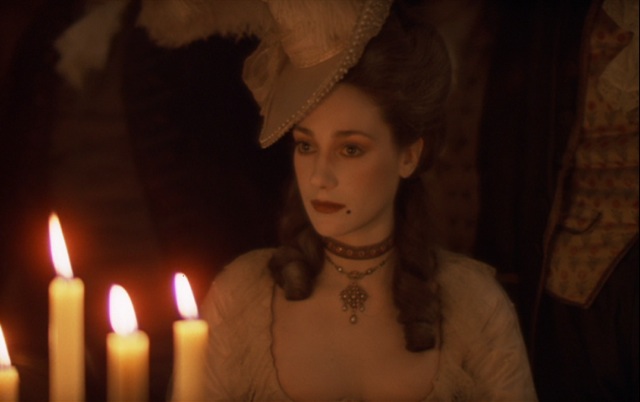
Marisa Berenson by candlelight in Barry Lyndon. Staney Kubrick, Zeiss Planar 50mm f/0.7 lens
Kubrick’s last movie was Eyes Wide Shut, released in 1999, the year he died. Another visual masterpiece, it is also distinguished by another actor who couldn’t act before he crossed Kubrick’s path, Tom Cruise. Watch it for a radiant Nicole Kidman.
Update June 2013:
Watching Barry Lyndon in the newly remastered Blu-Ray version is a revelation. Maybe the best art film ever, with luscious cinematography by Joe Alcott whose credits include three other Kubrick masterpieces – ‘A Clockwork Orange’, ‘The Shining’ and the unsurpassed ‘2001: A Space Odyssey’.
Update July 2015:
There’s a fine 6 minute documentary on the Mitchell cameras, the Zeiss f/0.7 lens and the costumes here.
The March 1976 issue of American Cinematographer with details about the cinematography can be downloaded here.
